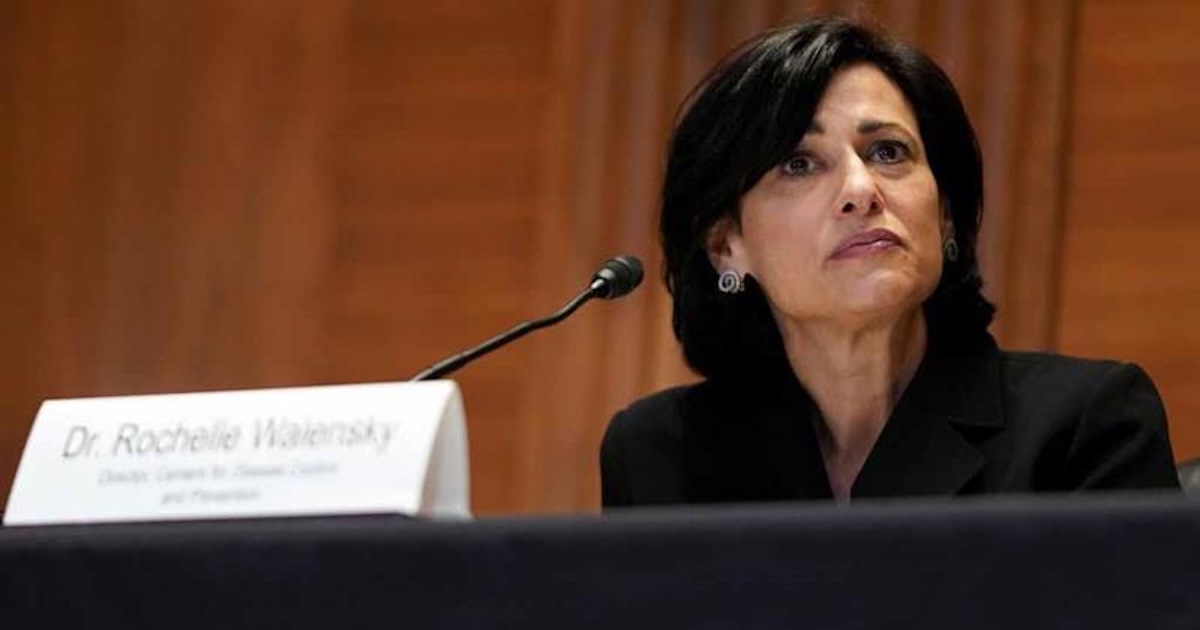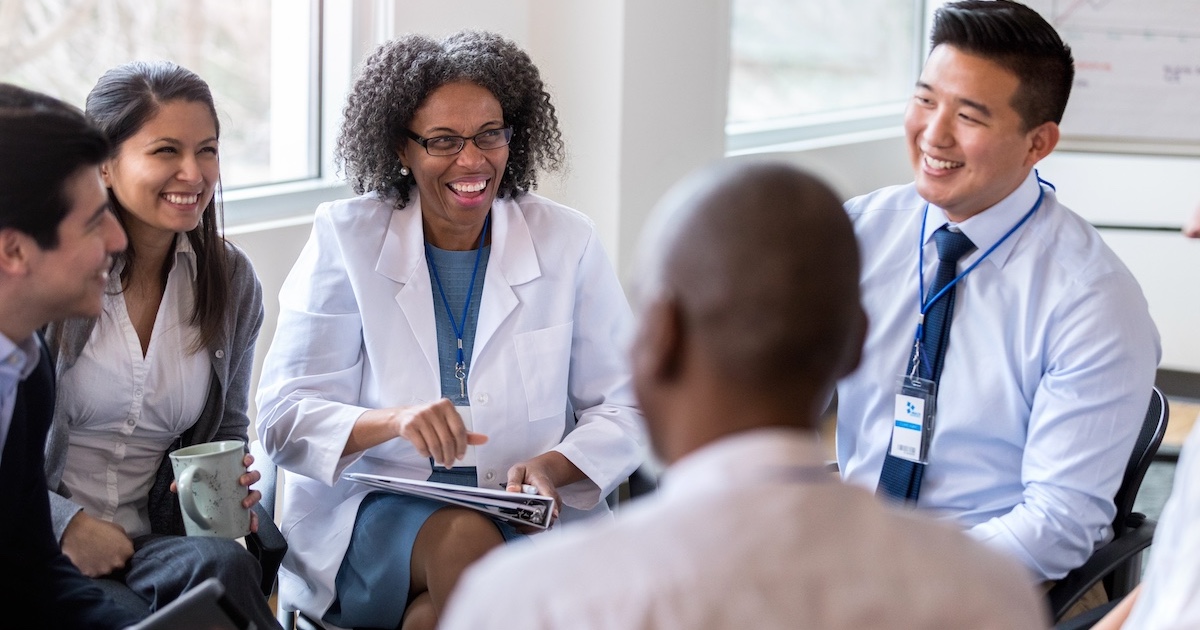mHealth advocates looking to combine the latest in healthcare innovation and education are meeting this week in Dublin, Ireland, for the third annual mHealthEd Conference.
Sponsored by the iHeed Institute, an Irish organization dedicated to supporting innovation in health education in developing countries, the two-day conference will feature, among others, Patricia Mechael, executive director of the mHealth Alliance; Alain Labrique, founding director of the Johns Hopkins University Global mHealth Initiative; Mwendwa Mwensi, mHealth National Coordinator for the Ministry of Health and Social Welfare in Tanzania; Narayan Sundararajan, Intel's global healthcare program manager; Deborah Van Dyke, founder of the Global Health Media Project; and Marc D. Mitchell, a lecturer on global health with the Harvard School of Public Health.
In a recent interview, Kunal Patel, MD, BA, PhD, medical director of the iHeed Institute, explained how the conference would address mHealth.
Q. What are the key global mHealth issues or challenges being addressed at this year's conference? Are they new this year or long-standing challenges?
A. "What mHealthEd is addressing this year is the utilization of digital media within health education and mHealth – specifically the use of new media, (like) video and animation. Looking at digital media, it is definitely a new aspect of mHealth and something the conference is bringing to the forefront. This is the first time where health trainers, NGOs and mHealth experts will hear from technology and animation experts in regards to content creation. The digital media industry has been creating content for years; therefore, it is time the mHealth sector learned a few things regarding content from those who have been doing it for decades.
Interestingly, it simultaneously addresses old challenges – i.e., what content is suitable for training and mHealth platforms? Can this content be used globally, considering the technology being utilized is universal in its use?"
Q. How can mHealth technology and education be combined to improve health outcomes? What kinds of projects or programs are you seeing in this landscape?
A. "mHealth and education – or mHealthEd, as we like to call it – is already being implemented and making a difference. One has to remember that right now this educational content could simply be reminders or pro formas for health workers to fill out and complete, thus ensuring learning and adequate healthcare at the same time. The next stage would be the implementation of animation and video.
A great example is the work of Text to Change, (a program in Africa and South America that) uses mHealth to create two-way interactions between health workers and trainers, providing Q&As, quizzes and awareness campaigns on topics such as malaria."
Q. What new technology or tools are being highlighted at this year's conference? What new or exciting trends/tools do you see in the near future?
A. "The new tools being highlighted are associated with the use of animated and video content. Some of this content is currently being used, but the international development and NGO sector still needs to learn more about curation and management of these assets. mHealthEd this year, is bringing technology experts and education platforms such as Mobento to the event. Mobento is a record-breaking platform that tags and manages video content very successfully and is used via mobile technology. It is a great example of how the mHealth world can potentially handle digital content."
Q. How does one ensure than an mHealthEd program is sustainable? What are the biggest challenges or barriers to sustainability and scalability?
A. "iHeed … published a fundamental report highlighting these issues or barriers. This highlighted a few of the challenges, in particular the fact that there are many implementers of mHealth and mHealthEd, addressing the same issues in the same location, with minimum collaboration. This and the deployment of too many pilot studies is creating more conflict, too little significant data and too little collaboration, and this needs to change. By creating excellent next-generation educational content that can be used both on and offline across all countries and mHealth platforms, future collaboration can be encouraged and sustainability provided."
Q. How do you arrange or ensure government support for mHealthEd programs around the world? Are there political issues to overcome?
A. "This is one of the biggest challenges that is faced by everyone within the sector. To gain this sort of support, one has to highlight innovation, combined with efficient costs and evidence that the programs can make a difference. … With well-created digital content, the educational material is readily available, and all that needs to happen is the change in design of programs and use of technology around that content. Knowing that the same media can be used for years provides a huge advantage in convincing governments, as it is the technology that must revolve around the content, not the other way round. (For example), new phones and tablets are created every month; however, good animated or video content can last for years."
Q. Is mHealth getting the attention and support it needs in other parts of the world?
A. "To answer this you have to think about mHealth in the ‘traditional west’ and mHealth in low and middle-income countries (LMICs). mHealth in the USA, for example, is heavily driven by the medical and app industry and the need to address problems such as diabetes and obesity. These are growing problems in the LMICs; however, they are not what is being addressed right now. Maybe they should be, and interestingly, if good digital content is created, it can be applied in both the USA and LMICs, for example. mHealth is also gaining attention in the west, as it has potential to make plenty of money, but can this be said for mHealth use in LMICs?
The support is there; the attention, however, is skewed, due to the abundance of mHealth platforms in countries such the USA which focus on local needs. There are major public health issues within the traditional west, and rightfully governments are prioritizing these. Therefore, one can say there is growing attention among the NGO sector and the general public regarding mHealth in LMICs, but with the current economy and health priorities, the attention from government may not have necessarily increased."
Q. Are there lessons to be learned from developed parts of the world – the U.S., Europe, Australia – that can be applied to developing nations?
A. "Of course there are, and they are too many to list. A classic example is the app industry within mHealth. In the developed world, there are just too many of them. When it comes to healthcare, it is well known that we as individuals and groups prefer to be directed by a few experts, or in a personal case, the same family doctor. When you inundate an individual with hundreds of apps addressing similar issues, the patient does not know where to turn and can also question the reliability of the app. Apps and programs for mHealth in developed and developing countries must be quality controlled, to ensure good outcomes. We can have thousands of digital media content clips, but we should have fewer controlled apps and programs delivering these clips.
We must also think about cross-border deliverability – i.e., the interoperability of mHealth in developing countries, something we must pick up on from developed countries. Finally, we must also look at the mobile markets in the developed world. This was dominated by Apple and iOS for a while and, for the first time this year, by Samsung and Android. Is Apple and iOS really going to be of any use in developed countries, considering iOS is tied down to only one brand of device?"


